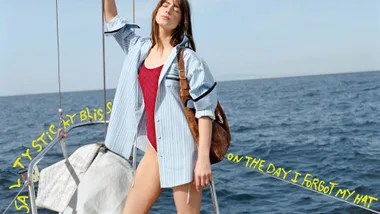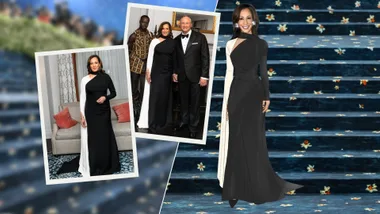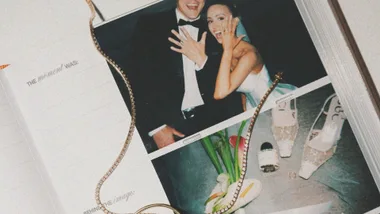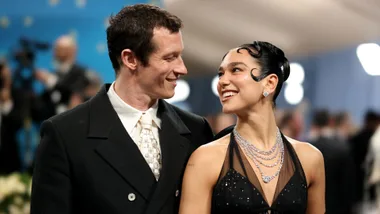The average Australian woman is a size 14-16 – and yet, this is still considered “plus size” by some brands. This month, Alley Pascoe meets the women at the forefront of the curvy fashion movement.
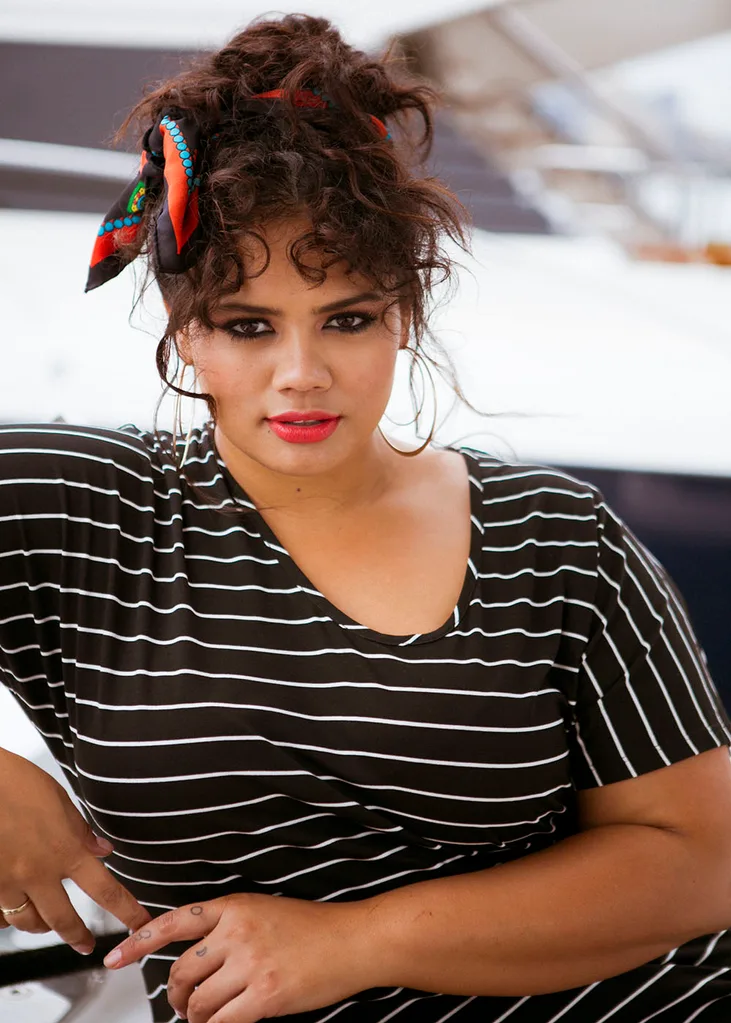
MAHALIA HANDLEY, MODEL
Some models are motivated by ambitions of fame, designer clothes and tropical island photo shoots. Mahalia Handley is driven by anger. “When I was younger breaking into the industry, I had issues because I was curvy and ethnic. I was pretty frustrated and angry that there weren’t doors [open to me] and that I had to really break down stereotypes to get through,” explains Handley, 26, who is of Maori and Irish descent. “Now when I look back, it was that re that really drove me.”
Growing up in Darwin, Handley didn’t see herself reected on TV, in the media or on billboards at her local shopping centre. “That was literally the reason I started modelling. I thought, ‘Well, if I can’t see it, then I’ve got to do it,’” says Handley, who stars in Sportsgirl’s new “Be That Girl” campaign alongside author and activist Bri Lee and scientist Macinley Butson. “Fashion campaigns generally use models,
so it’s great to see writers, activists, actors and dancers – and for women to be able to see a representation of themselves in the media.”
For Handley, real representation is more than body positivity – it’s body diversity. To get to that place, she says the fashion industry needs to do away with labels. “It doesn’t matter if you have long hair or a shaved head, if you have pink eyebrows or no eyebrows, if you’re straight-sized or curvy – we’re all just models,” she asserts.
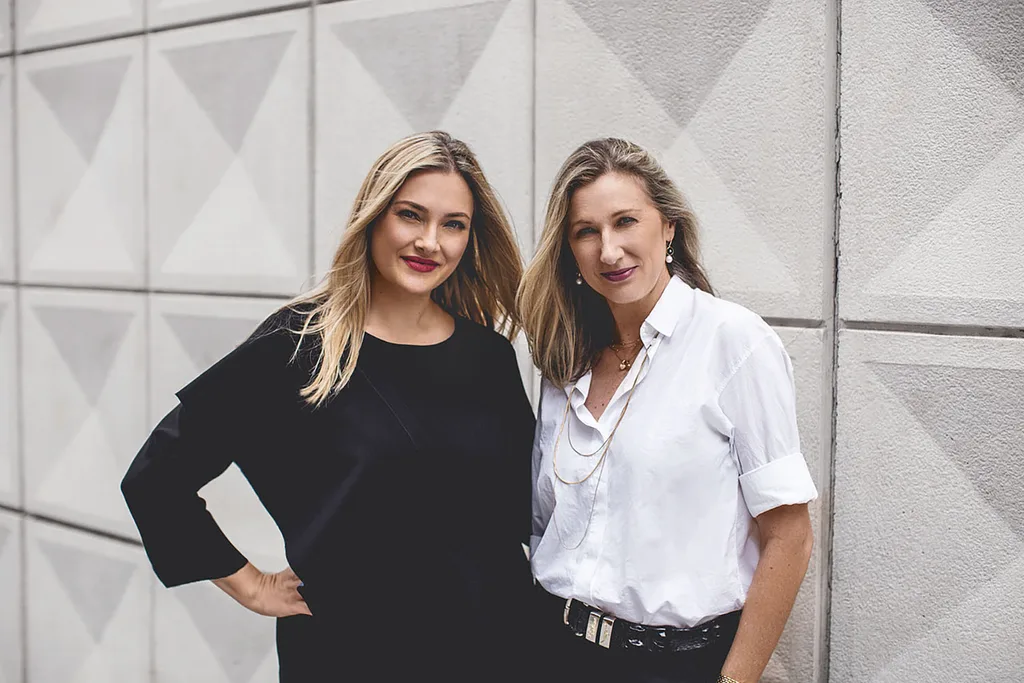
LJUBENKA MILUNOVIC AND DIJANNA MULHEARN, FOUNDERS OF SESTRE THE LABEL
For years, Ljubenka Milunovic envied her friend Dijanna Mulhearn’s wardrobe. Mulhearn, who has worked in the Australian fashion industry for more than two decades, is renowned for her impeccable taste, perfectly tailored outfits and statement pieces. “I longed to wear the clothes that Dijanna does, but unfortunately the designers she wears don’t make the same clothes in my size,” says Milunovic, a size 16 who has been modelling for 25 years.
When Milunovic begged her stylish friend to make her an outfit, the idea for Sestre The Label was born. “The idea for Sestre was to create clothing that empowers women with curves, because that’s 63 per cent of the Australian market. We want our customers to feel like they can own the world,” says Mulhearn. “Our tagline is: ‘Be the best dressed in the boardroom.’”
Since launching in April 2018, the brand has been applauded for its quality and high-fashion styles. Mulhearn uses three size 16 fit-models to make sure her designs work on different body shapes. “If a piece doesn’t work on all three shapes, we scrap it,” says Mulhearn. “We’ve had a lot of straight-sized women beg us for a certain jacket or coat [in their size], but we’ve said no. This is a special label for women who have struggled in the past – and if we cater
to all sizes, it ceases to be special to those women.”
Sestre – which means sister in Croatian and Serbian, a reference to their heritage – aims to be exactly that: a sisterhood for plus-size fashion lovers. Milunovic says she hopes the industry starts to realise women of all shapes are passionate about fashion: “Style and taste doesn’t start at a size two and stop at a size 12.”
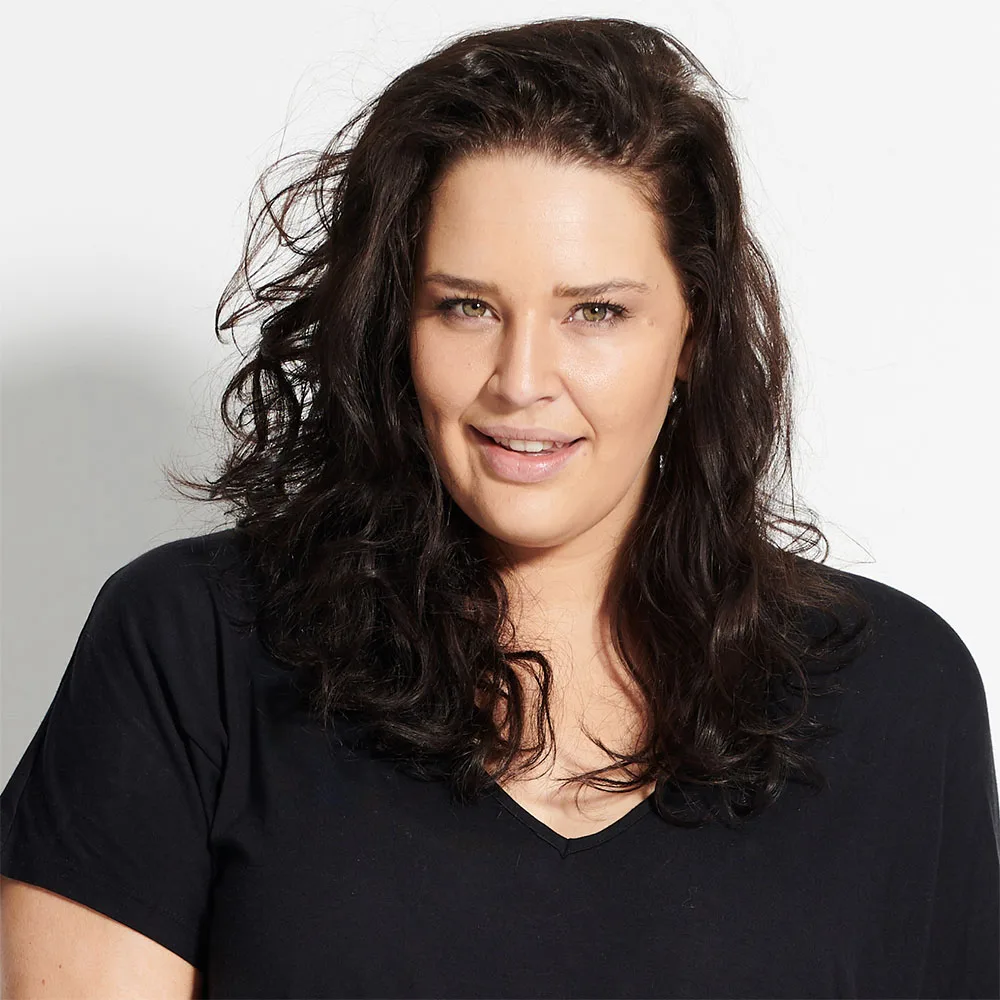
BLAISE MCCANN, FOUNDER OF HEAR US ROAR
In 2016, Blaise McCann “cracked the shits” midway through a fashion show she was modelling in. “All the straight-sized girls were in one corner wearing stunning fashion like Alice McCall and Alex Perry, and the plus-size girls were … wearing muu-muus and three-quarter capri pants. It was horrible,” says McCann, who decided to do something about it.
Three months later, she set up an ABN for Hear Us Roar, a plus-size fashion website that officially launched in September 2017. Stocking local labels such as Harlow, 17 Sundays and Hope & Harvest, the website is on track for exponential growth this year. To keep up with the demand, McCann, 27, has taken on a business partner, Karina Bruce, and hired a couple of team members.
Last year the brand ran a series of pop-up shops around the country – leaving McCann overwhelmed by the response. “It’s been amazing to watch women blossom in front of my eyes – there’s been tears, hugs and messages,” she says. “A customer wrote to me the other day saying, ‘I’ve never been so excited about waking up to get dressed in the morning in my entire life.'”
Despite plus-size fashion being a $1 billion market in Australia, its sections at department stores are often dimly lit corners at the back of the shop. “It’s actual bullshit,” says McCann. “I think there’s still the stigma associated with having curvy people or ‘fat people’ in their clothes.”
McCann says we need to follow in Rihanna’s footsteps. “American brands like [Rihanna’s lingerie line] Savage X Fenty and Universal Standard are catering for women sizes six to 32,” explains McCann. “They’re revolutionising fashion because it’s taking it from segregating straight sizes and plus sizes to just being fashion. That’s powerful.”
This story originally appeared in the April issue of marie claire.

